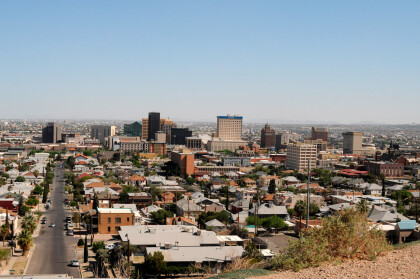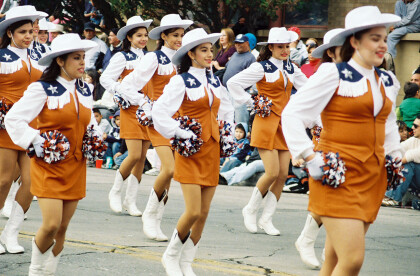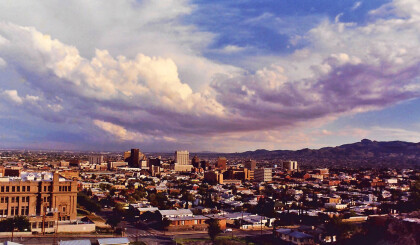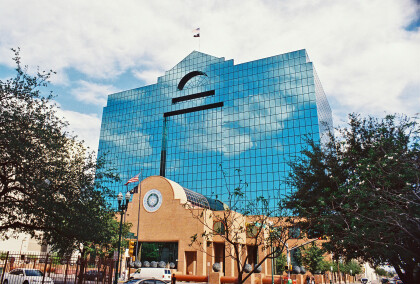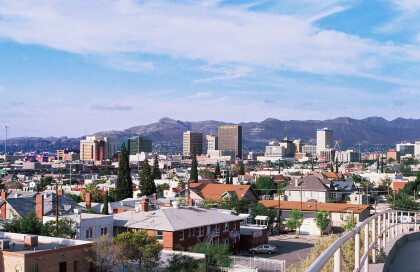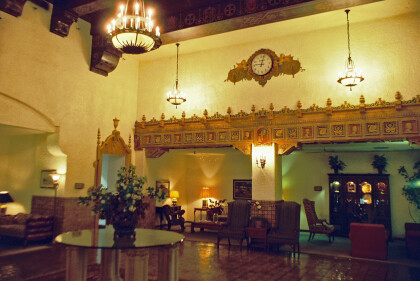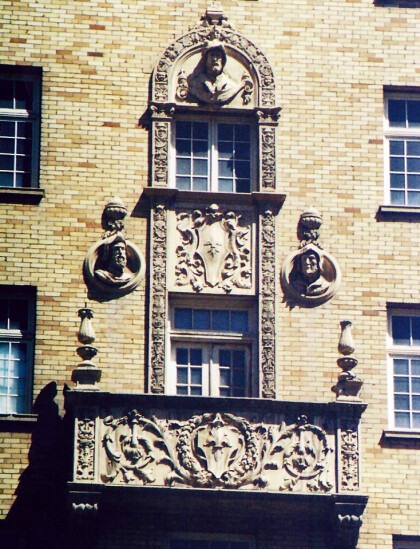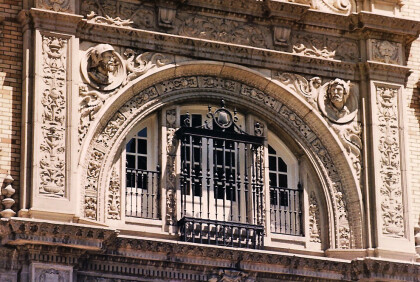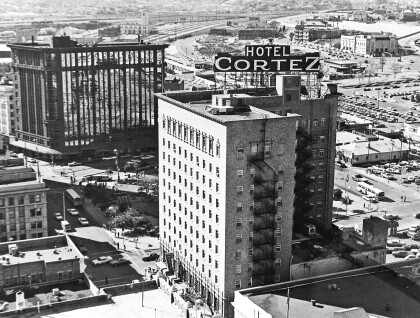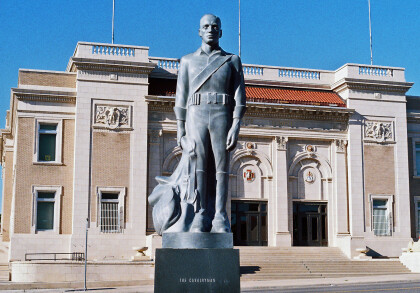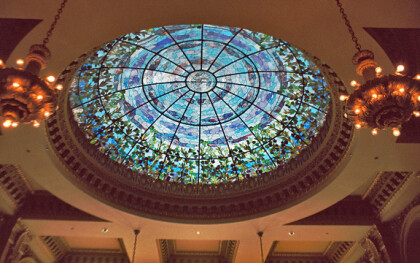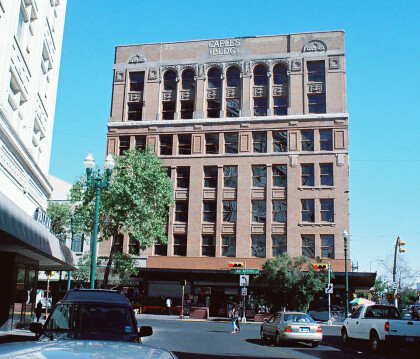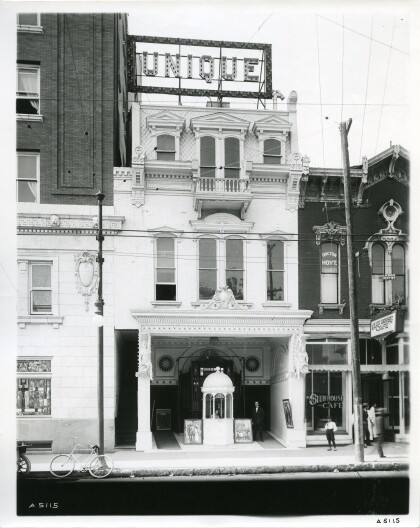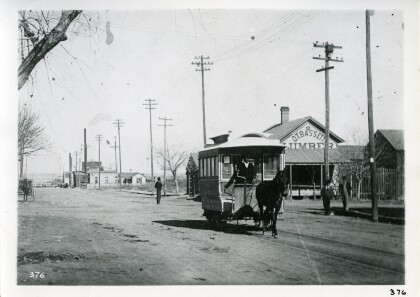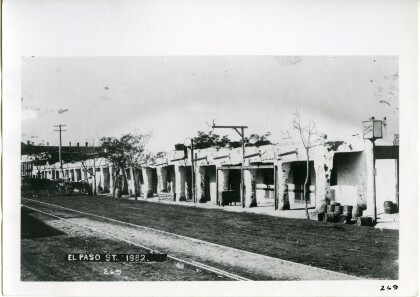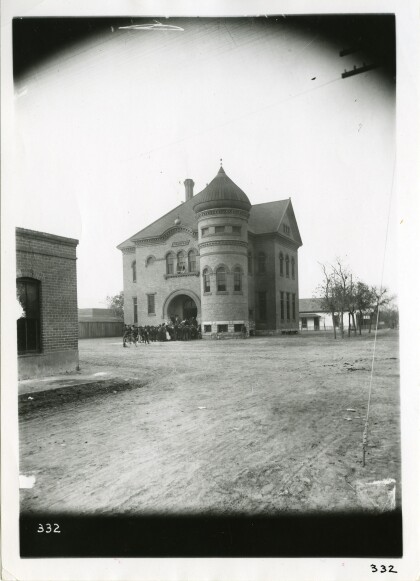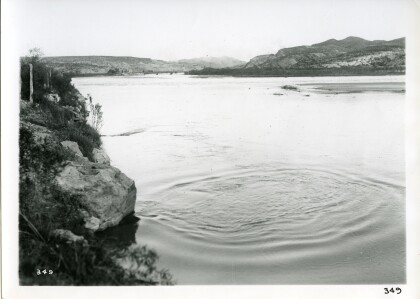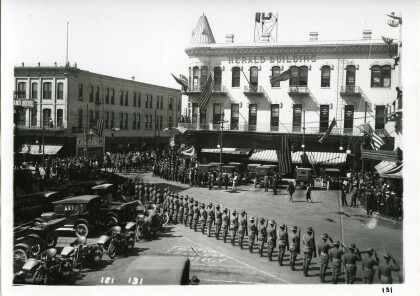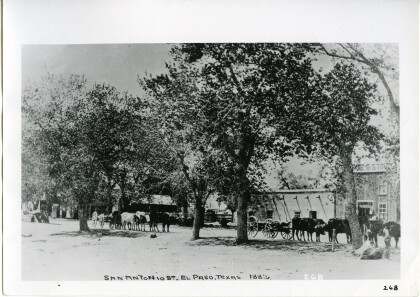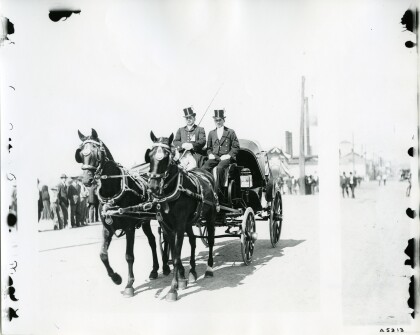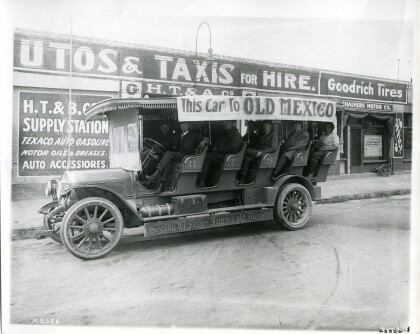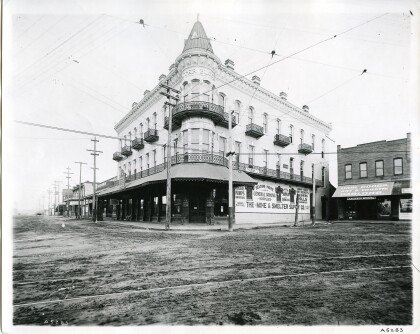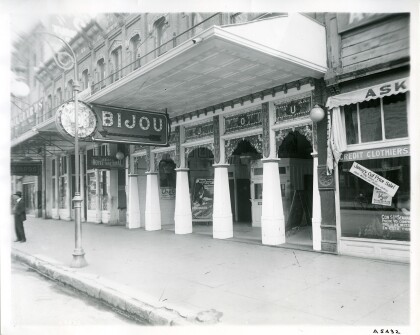Home of John & Mary Woods at Mesa & Mills
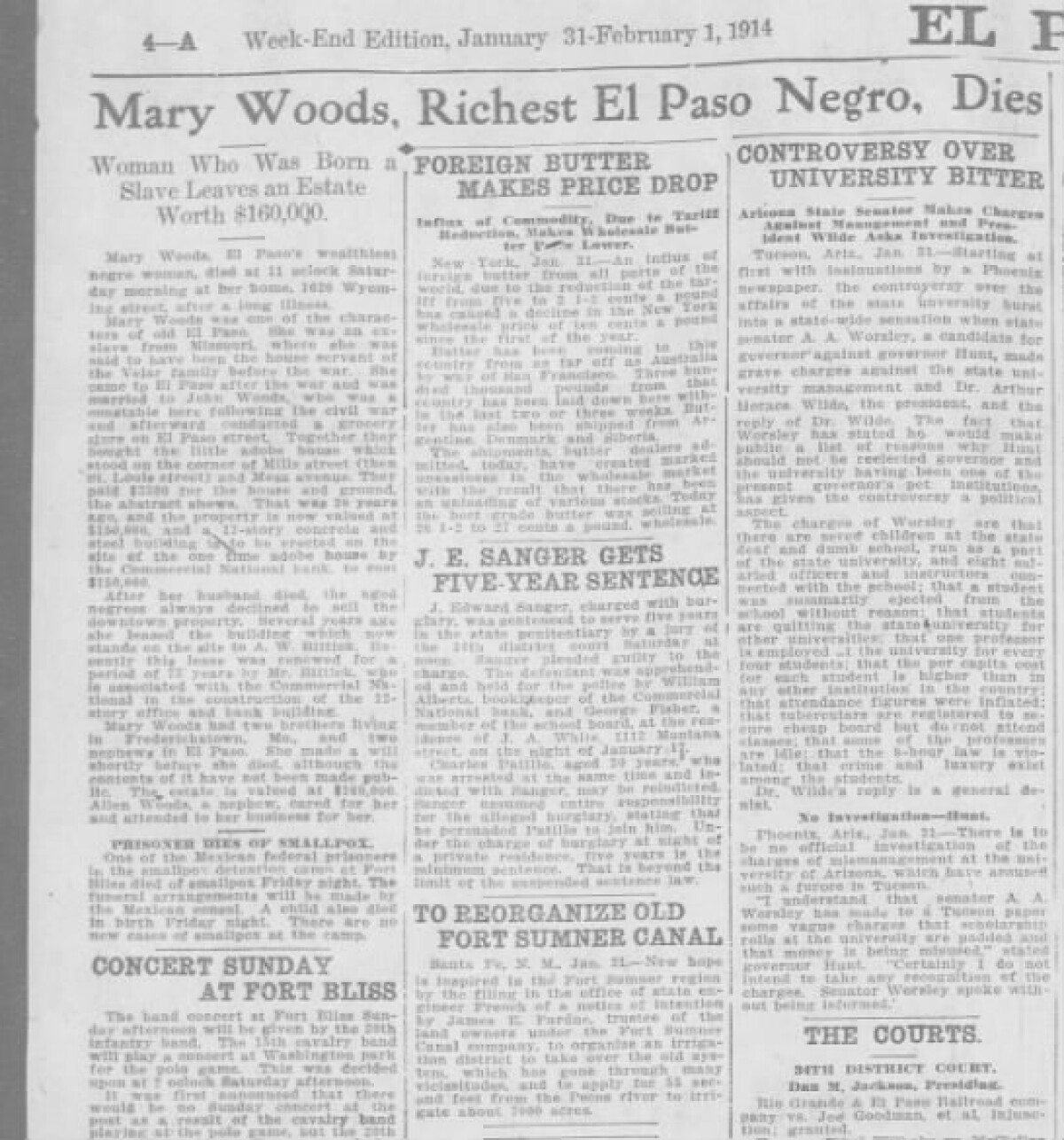
Home of John & Mary Woods at Mesa & Mills
You are at Historias: El Paso's Black History, Site #2: Home of John & Mary Woods at Mesa & Mills.
John and Mary Woods were El Paso’s first Black entrepreneurs, building a network of prosperous businesses in the wake of the Civil War. Born in 1830 to slavery in Richmond, Virginia, John Woods came to El Paso sometime during the Civil War and was freed from slavery in 1865 when the war ended. The same year, Mr. Woods opened a blacksmith shop in El Paso and established his first successful business, including casting the bell that is still in use at Saint Clement’s Episcopal Church today. As his blacksmithing business grew, Mr. Woods began purchasing other land, eventually opening a bar on East Overland Street, boarding house, and grocery store on El Paso Street and operating a stagecoach line that ran from El Paso to Chihuahua City, Mexico. In addition to his own enterprises, Mr. Woods also worked as a constable at various times. During the 1870s, he met and married Mary Velar, a freed slave from Missouri, and in 1894, the two purchased an adobe home on 200 St. Louis St. and Utah St. (now known as Mesa Street and Mills Avenue, where the Park Tavern stands today). Just a few years later, in 1898, Mr. Woods told his wife that he was going to take care of some business in town and a few hours later was declared dead by the recently established El Paso Police Department. According to the police, Mr. Woods was heavily armed and threatened the policeman who shot him. However, neighbors stated that the policeman had shot Mr. Woods in the back and that he was neither armed nor drunk. Mrs. Woods lived in their Mesa and Mills home until her death in 1914. At the time of her death, Mrs. Woods was the wealthiest Black person in El Paso, and the property where Woods’ home was located—originally purchased for $3,500—was valued at $150,000. The couple did not have any children, and Mrs. Woods’ nephew, Allen Woods, served as the executor of the estate.
Sources: “John Woods” from Concordia Cemetery; “Mary Woods, Richest El Paso Negro, Dies” from the El Paso Times (Weekend Edition January 31 – February 1, 1914)
Support for this project is provided by Art Bridges as part of DelArt’s Black Survival Guide, or How to Live Through a Police Riot exhibit on display at the El Paso Museum of History through July 22, 2022. The Museum of History is located at 510 N Santa Fe Street, is free admission, and is open Wednesday through Saturday from 10 AM to 6 PM.
Commissioned from conceptual artist Hank Willis Thomas, Black Survival Guide is an innovative, participatory exhibition that draws attention to the "holes" in narrative history through the melding of words and pictures. To complement this exhibit, the El Paso Museum of History has installed six QR codes throughout downtown and central El Paso to recognize sites of local Black history.
Image Description: This photo shows a newspaper print from the weekend of January 31st- February 1st, 1914. The biggest headline of the newspaper says “Mary Woods, Richest El Paso Negro, Dies.” The subheading of the article reads Woman Who Was Born a Slave Leaves an Estate Worth $160,000”. The story is about Mary Woods and her life accomplishments in El Paso. The El Paso Herald also has various other stories in this photo, such as “Foreign Butter Makes Price Drop”.
Report this entry
More from the same community-collection
Panoramic view over El Paso downtown
The picture is made from north of Downtown and shows El Paso ...
Carvings of Spaniards on Cortez Building
The picture shows parts of the decoration of the Cortez ...
Tiffany Dome in Camino Real Hotel
This 25-foot Tiffany glass dome graces the lobby of the Camino ...
Parade of US Army through Downtown
US Army troops parading through Pioneer Plaza with the Herald ...
